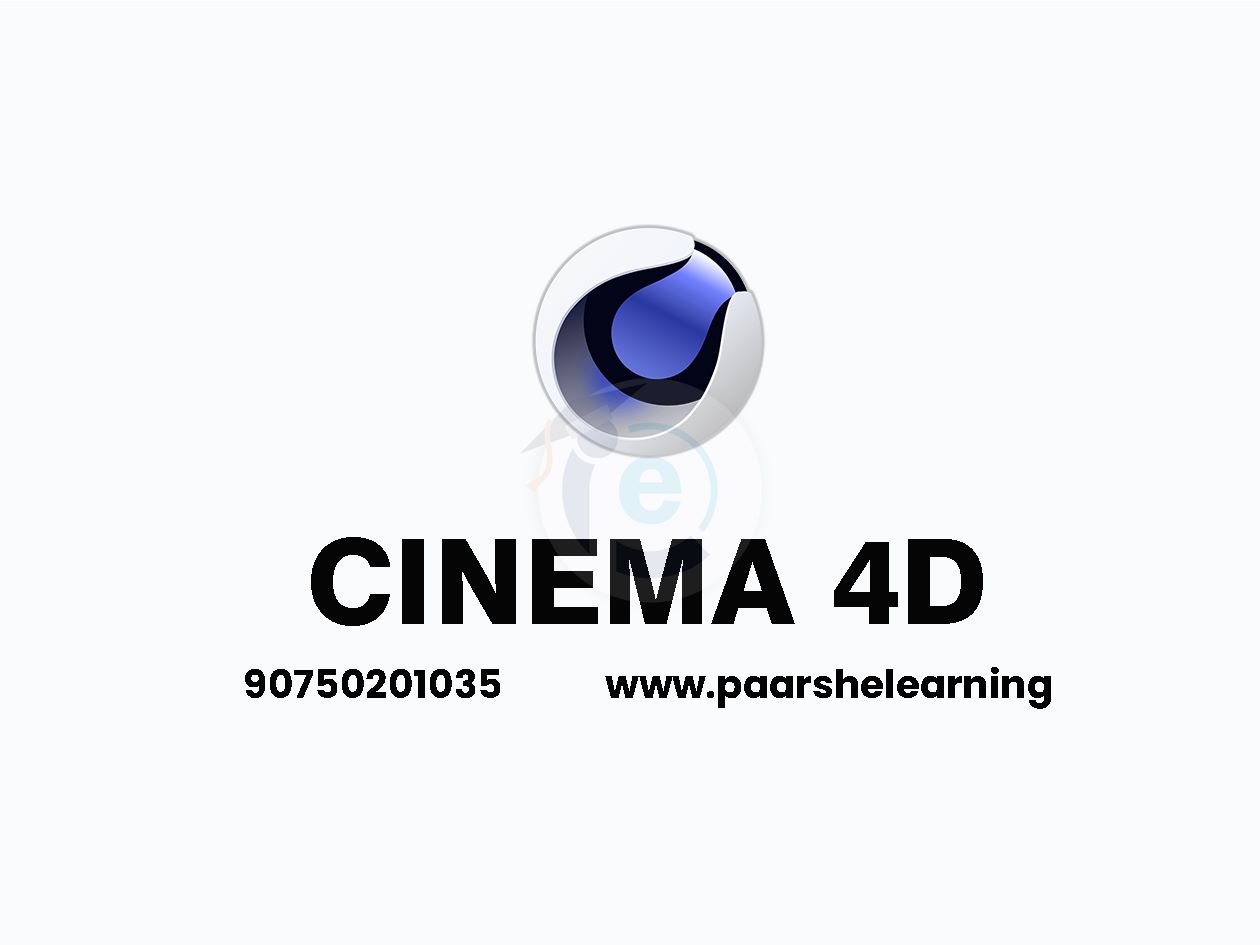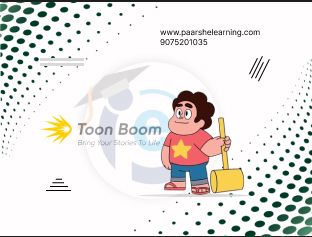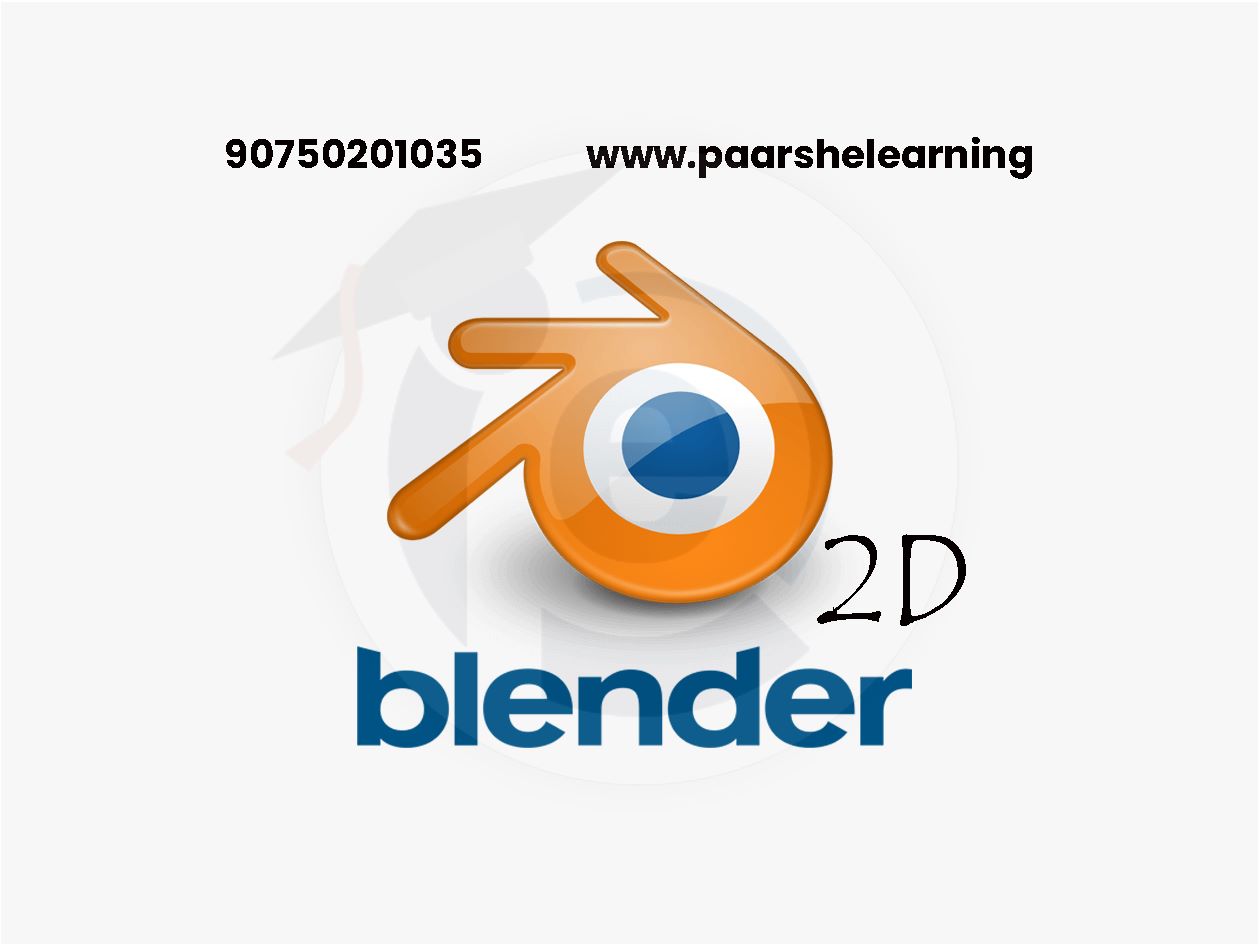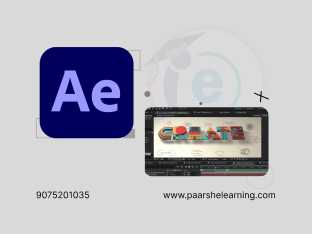- How to combine traditional art techniques with 3D.
- Material creation in Cinema 4D.
- Composition using the rule of thirds.
- Painting expressionist brushstrokes.
- 3D modeling a city and environmental content.
- Post-production workflows in Adobe Photoshop.
Cinema4D
Course description
Cinema 4D is a professional 3D modeling, animation, and rendering software developed by MAXON. It is widely used in various industries such as film, television, advertising, architecture, and design. Cinema 4D offers a user-friendly interface and a comprehensive set of tools for creating high-quality 3D content. Here are some key features and capabilities of Cinema 4D:
-
3D Modeling: Cinema 4D provides a range of modeling tools for creating 3D objects and environments. It supports polygonal modeling, NURBS modeling, spline-based modeling, and procedural modeling. You can create and edit complex shapes, apply deformations, use symmetry tools, and work with parametric objects to quickly generate geometry.
-
Animation: Cinema 4D offers powerful animation tools for creating character animations, object animations, and dynamic simulations. You can use keyframes, timelines, and curve editors to control object transformations, deformations, and camera movements. Cinema 4D's MoGraph module allows for the creation of complex motion graphics and procedural animations.
-
Dynamics and Simulation: Cinema 4D provides a robust dynamics engine that allows for realistic simulations of physics-based effects. You can simulate rigid bodies, soft bodies, cloth, fluids, and particles. Cinema 4D's dynamic system enables collision detection, gravity, forces, and other physical properties to create realistic simulations and interactions.
-
Materials and Texturing: Cinema 4D offers a node-based material system for creating and assigning materials to 3D objects. You can create custom shaders, apply textures, adjust surface properties, and utilize procedurally generated textures. Cinema 4D supports UV mapping, projection mapping, and painting directly on 3D models.
-
Lighting and Rendering: Cinema 4D provides a wide range of lighting options to create realistic and visually appealing renders. You can use various types of lights such as spotlights, area lights, and ambient lights. Cinema 4D supports global illumination, ambient occlusion, and HDRI lighting for accurate lighting effects. It offers built-in rendering engines like Standard Renderer, Physical Renderer, and ProRender, as well as support for third-party renderers.
-
Integration and Workflow: Cinema 4D integrates well with other software and pipelines. It supports importing and exporting various file formats, including FBX, OBJ, Alembic, and more. Cinema 4D offers seamless integration with Adobe After Effects, allowing for easy exchange of 3D data and compositions. It also provides a Python API and a C++ SDK for customization and automation.
-
Plugins and Extensions: Cinema 4D has a vibrant community of developers who create plugins and extensions to extend its capabilities. These plugins can add new tools, features, and effects to enhance your workflow and achieve specific tasks. Popular plugins include X-Particles for advanced particle effects, TurbulenceFD for fluid simulations, and Redshift or Octane for GPU-accelerated rendering.
What you will learn from this course?
This course includes!
- Daily Live session
- A recorded session with problem-solving material
- Access on Mobile and TV
- Certificate of completion
- Recommendation Letter
- 100% Job Placements
This course is for
- Beginner to intermediate 3D artists looking to add emotion to their work.
- Cinema 4D artists wanting to incorporate traditional techniques and aesthetics into their work.
- Traditional artists wanting to learn 3D.
Prerequisites for this course
- A basic understanding of Cinema 4D and Photoshop
Cinema 4d Syllabus
-
Introduction To 3d Graphics And Cinema 4d Basics
* Understanding 3D graphics and its applications * Introduction to Cinema 4D interface and navigation * Working with the viewport, panels, and layout customization * Creating and manipulating basic shapes and objects * Understanding the coordinate system and transformations
-
Modeling Techniques
Introduction to polygon modeling, NURBS, and splines Modeling complex objects using polygonal techniques Working with deformers for non-destructive modeling Using the sculpting tools for organic modeling Applying materials and textures to models
-
Animation Fundamentals
Keyframe animation and timeline usage Animating object properties: position, rotation, scale Creating and animating cameras for different shots Introduction to character rigging and basic character animation Understanding the principles of animation: timing, easing, anticipation, etc.
-
Lighting And Rendering
Exploring different types of lights: point, spot, area, etc. Setting up realistic lighting for scenes Introduction to Global Illumination and Ambient Occlusion Adjusting render settings and output formats Rendering still images and basic animations
-
Materials And Texturing
Working with Cinema 4D's material system Creating and editing materials using channels Texture mapping techniques: UV mapping, projection, etc. Applying shaders for realistic surface properties Introduction to procedural texturing
-
Dynamics And Simulation
Simulating physics-based animations using dynamics Creating rigid body simulations for collisions and interactions Simulating cloth and soft body dynamics Using particle systems for effects like smoke, fire, and rain Integrating simulations into your animations
-
Advanced Techniques
Exploring MoGraph for motion graphics and visual effects Using the Cloner, Fracture, and other MoGraph tools Integrating 3D elements into live-action footage (compositing) Advanced rendering techniques: multipass rendering, compositing tags, etc. Exploring plugins and additional tools to enhance workflow
-
Final Projects And Presentation
Students work on individual or group projects applying all learned techniques Instructor guidance and feedback during project development Polishing and refining projects Final presentations and critiques






